The Note 7 is the first smartphone with HDR10-compliant display and this is why you should care
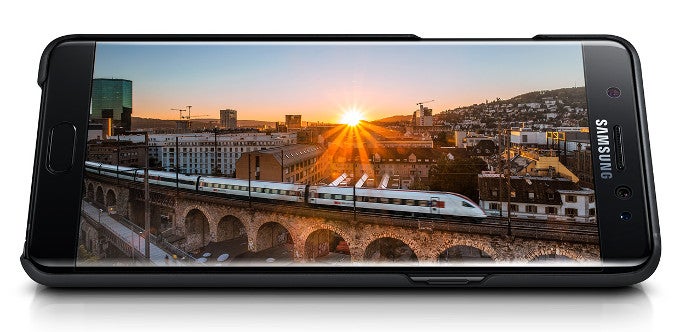
Among the latest creations of the UHD Alliance, as anyone who's recently shopped for a high-end TV will know, is the so-called High Dynamic Range (HDR for short, or HDR10 if you want to get technical) video standard, alternatively marketed as Ultra HD Premium. Right now, it's only available on the highest of high-end TVs from 2015, and a number of 2016 models.
Why should you care about the TV industry, however? Simple: while exclusive to TVs until recently, as of earlier this month, Samsung is the first smartphone player to bring HDR10 compatibility to the mobile industry with the newly released Note 7. And the implications are potentially great.
What HDR(10) is, and what it isn't
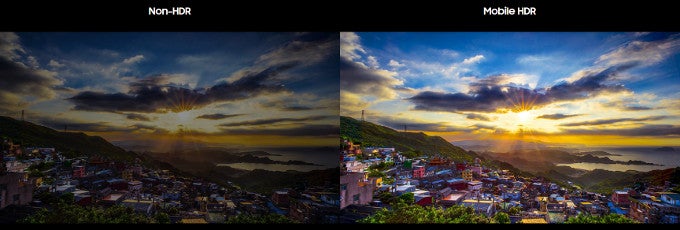
A heavy-handed illustration of what HDR ought to do for your viewing experience. Obviously, in reality, the difference won't be THAT enormous.
Unlike some of the marketing ploys employed by TV makers in the past, HDR isn't yet another gimmick or inconsequential feature. Instead, what HDR can do for your movie watching experience is pretty significant. Go to the nearest showroom and see for yourself. Anyway...
As with the HDR mode available with a DSLR or a smartphone, the underlying concept is rather simple to grasp: expanded dynamic range between the brightest and darkest areas of any one image, ensuring blacker blacks, brighter brights, and more visible detail previously concealed in shadows. For a TV to be compliant with the HDR10 standard, it needs to reach a specific level of nit brightness, and low enough black levels corresponding to that peak brightness.
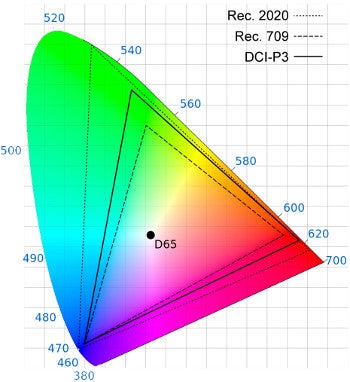
Visual representation of the Rec.709 (sRGB), DCI-P3, and Rec.2020 color gamuts
Importantly, HDR10 content is mastered for 10-bit color displays, while the Note 7's screen remains a more standard, 8-bit panel with 16M colors (instead of over a billion). At this point, however, a 10-bit display is not a requirement to pass the HDR10 test, not to mention that the custom mDNIe chip inside the the phone can decode HDR content over to the 8-bit display.
Technicalities aside, the implication is that we all get to enjoy better color granularity, which is to say a much more nuanced color spectrum, and therefore a more compelling image.
The implication
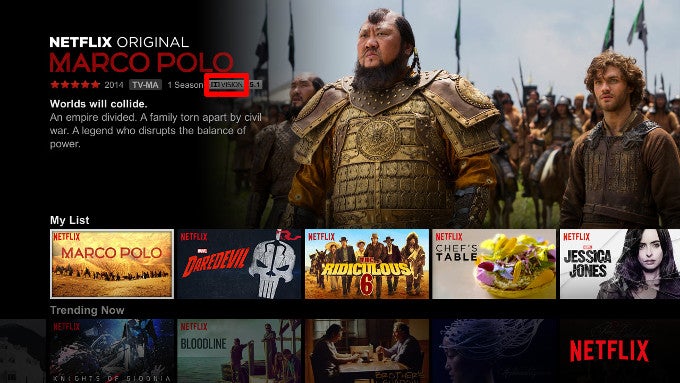
Macro Polo on Netflix with the Dolby Vision indicator icon. Note that Dolby Vision, while a different and proprietary standard, implies HDR10 compatibility as well.
Even for non-fans of Samsung's Super AMOLED tech, at this point it goes without saying that the company is heavily invested in its efforts to continuously improve its displays. As far back as the Galaxy S5, the company has also been outing high-ends with various, specific screen modes that alter the image significantly. Almost without exception, however, these screen modes have had little real benefit in terms of bettering your viewing experience, mostly opting for overly saturated color reproduction, for which no content exists.
With HDR10, however, the advantages are there. Netflix, Amazon, Vudu, and pretty much the entire movies industry is committed to supporting this, from film production to delivery. If Samsung's implementation is solid, this should translate into a visibly better image with titles that are available in HDR—especially seeing as how the latest batch of Super AMOLEDs aim at DCI-P3 color gamuts. Under AMOLED cinema mode, for example, the Note 7 checks this requirement.
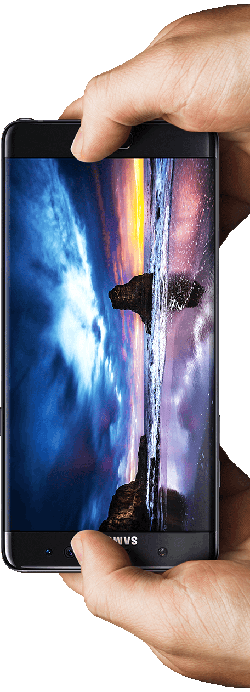
Verdict?
No verdict. We need to get the Note 7 in our lab before we can make any conclusions, but we'd be lying if we said that we aren't confident Samsung will pull this one off. All the key pieces are in place, so there's no reason to expect the Note 7 to disappoint as far as its HDR aspirations are concerned. Of course, caution in all things is a philosophy that's proved the most rational in our experience of testing devices to determine if they satisfy the claims made about them.
In any case—if not made perfectly clear already—this is the first time in a long while when we're actually excited about a new piece of display tech. This one has the potential to change your experience noticeably, and for the better.
And we don't get to say that every day.
This story was previously pulled pending a further clarification from Samsung.
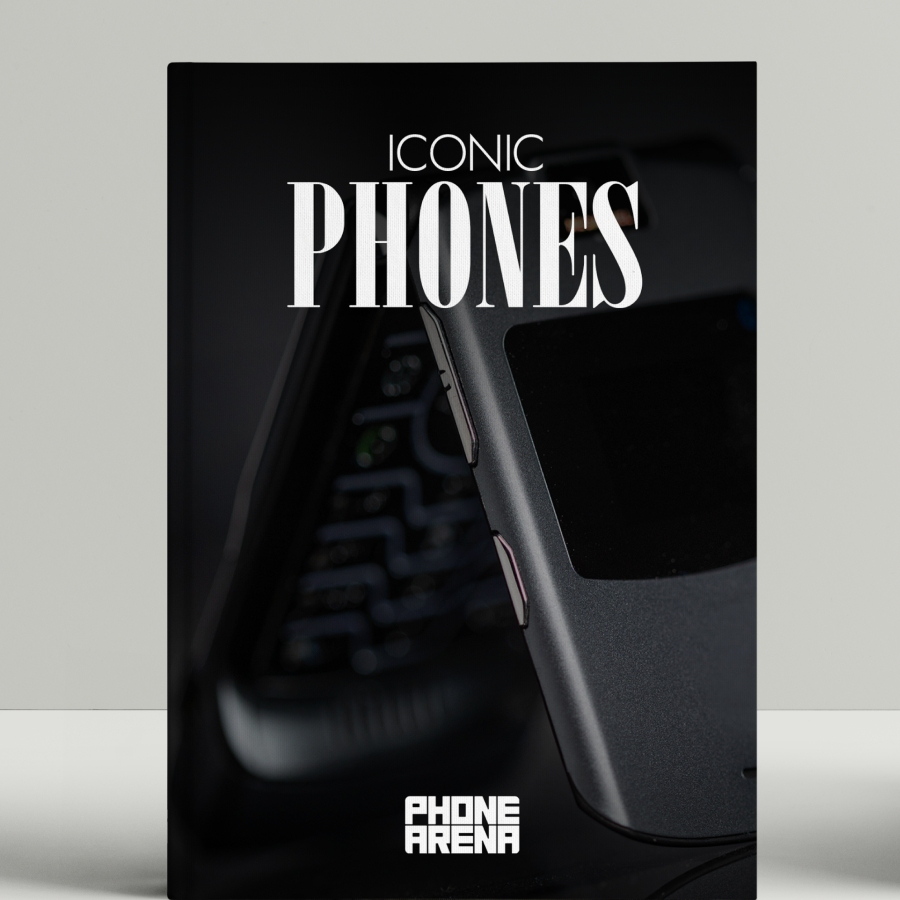

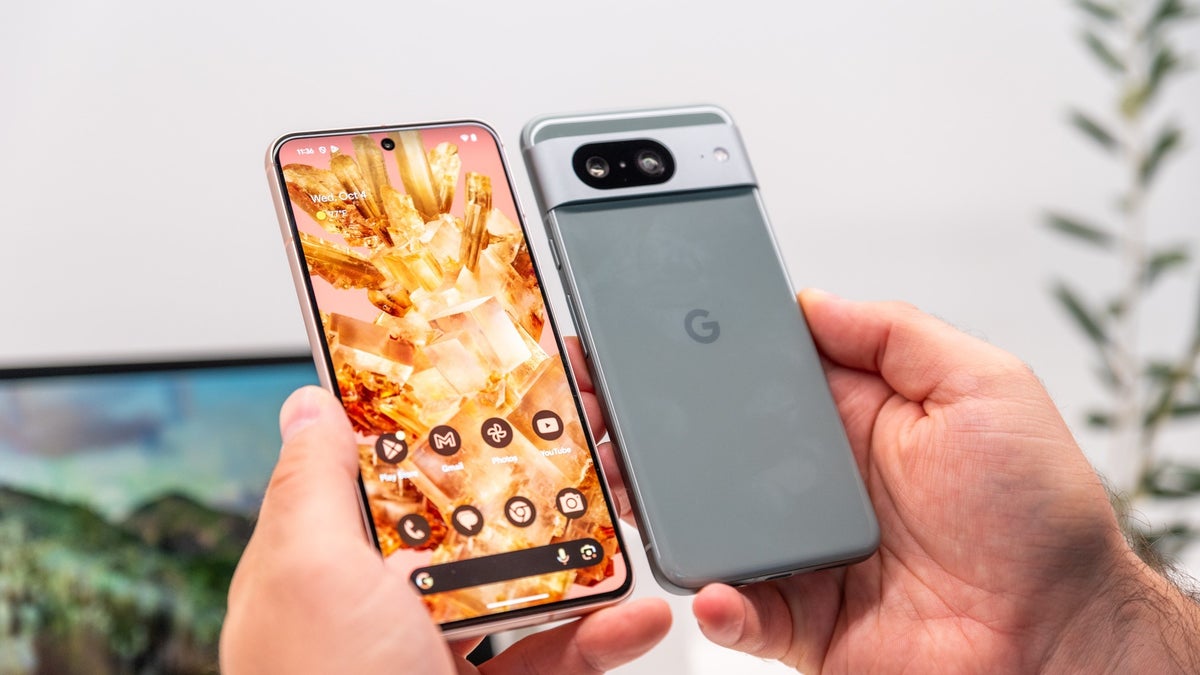
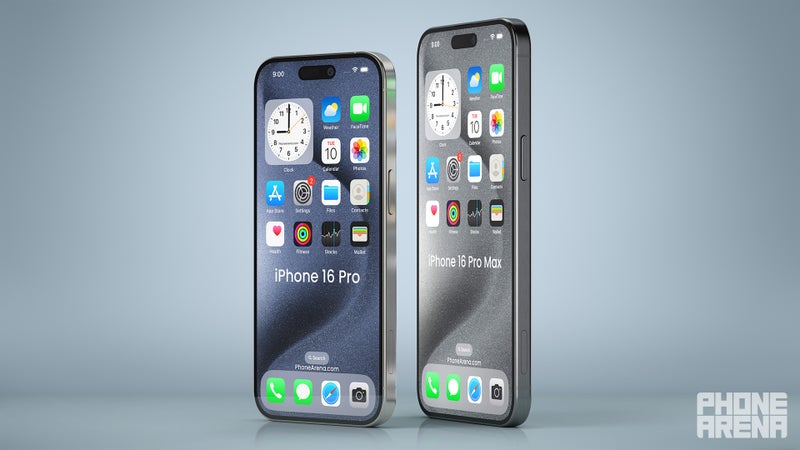

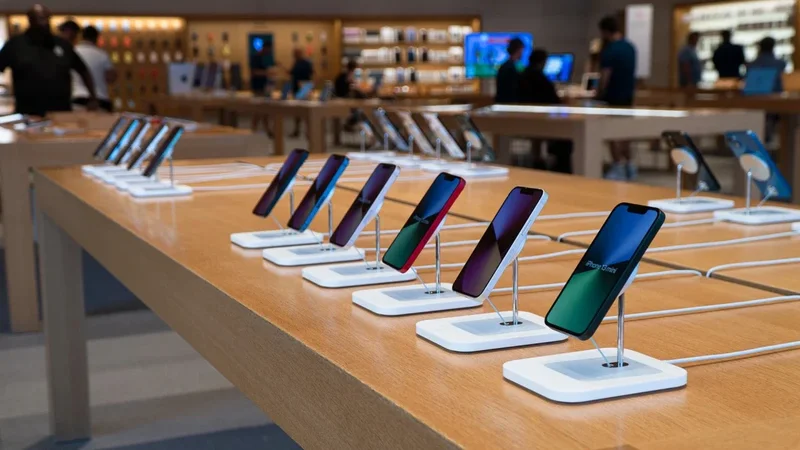

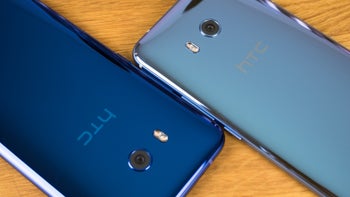
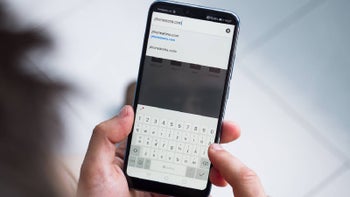
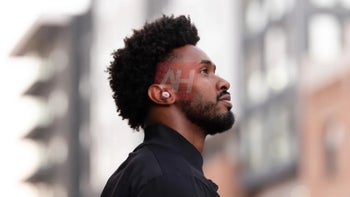
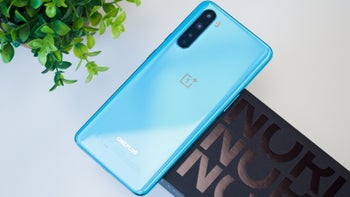

Things that are NOT allowed: